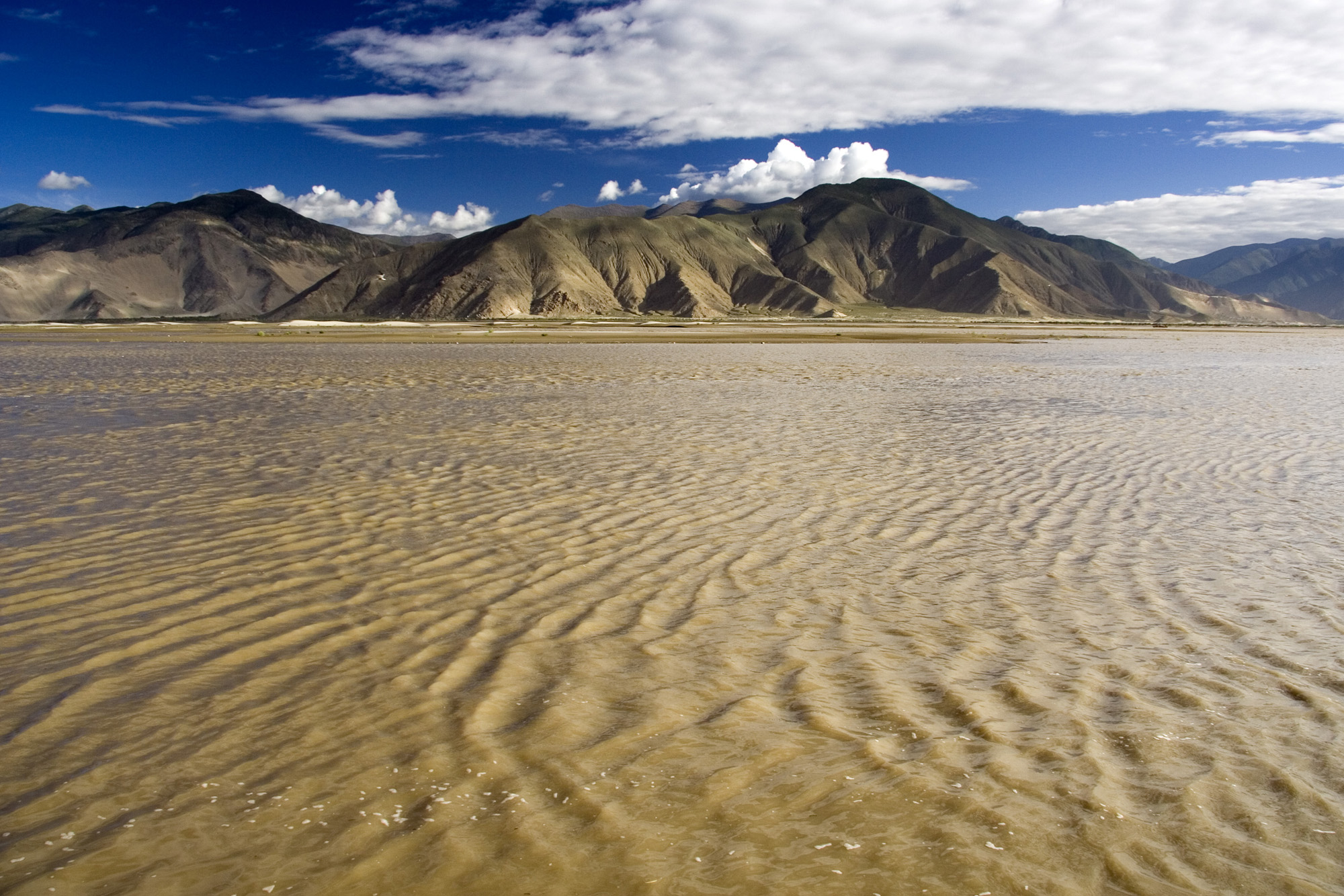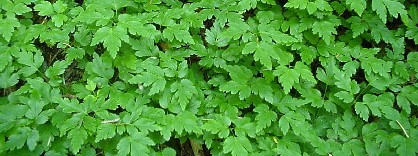|
Lohit River
The Lohit River, whose name came from the Assamese word ''Lohit'' meaning 'blood', also known as the Zayul Chu by the Tibetans, Tilao by the Ahoms and Tellu by the Mishmis, is a river in China and India, which joins the Brahmaputra River in the state of Assam. It is formed in the Zayul County of the Tibet Autonomous Region, through a merger of two rivers: the Kangri Karpo Chu (also called Rongto Chu and Zayul Ngu Chu), which originates in the Kangri Karpo range, and Zayul Chu (), which originates to its northeast. The two rivers merge below the town of Rima. The combined river descends through this mountainous region and surges through Arunachal Pradesh in India for before entering the plains of Assam where it is known as the Lohit River. Tempestuous and turbulent, and known as the river of blood partly attributable to the lateritic soil, it flows through the Mishmi Hills, to meet the Siang (Brahmaputra) at the head of the Brahmaputra valley. Course Thickly f ... [...More Info...] [...Related Items...] OR: [Wikipedia] [Google] [Baidu] [Amazon] |
Brahmaputra River
The Brahmaputra is a trans-boundary river which flows through Southwestern China, Northeastern India, and Bangladesh. It is known as Brahmaputra or Luit in Assamese language, Assamese, Yarlung Tsangpo in Lhasa Tibetan, Tibetan, the Siang/Dihang River in Arunachal languages, Arunachali, and Jamuna River (Bangladesh), Jamuna River in Bengali language, Bengali. By itself, it is the 9th List of rivers by discharge, largest river in the world by discharge, and the 15th List of rivers by length, longest. It originates in the Manasarovar Lake region, near Mount Kailash, on the northern side of the Himalayas in Burang County of Tibet Autonomous Region, Tibet where it is known as the Yarlung Tsangpo River. The Brahmaputra flows along southern Tibet to break through the Himalayas in great gorges (including the Yarlung Tsangpo Grand Canyon) and into Arunachal Pradesh. It enters India near the village of Gelling, Arunachal Pradesh, Gelling in Arunachal Pradesh and flows southwest through t ... [...More Info...] [...Related Items...] OR: [Wikipedia] [Google] [Baidu] [Amazon] |
Hindu
Hindus (; ; also known as Sanātanīs) are people who religiously adhere to Hinduism, also known by its endonym Sanātana Dharma. Jeffery D. Long (2007), A Vision for Hinduism, IB Tauris, , pp. 35–37 Historically, the term has also been used as a geographical, cultural, and later religious identifier for people living in the Indian subcontinent. It is assumed that the term ''"Hindu"'' traces back to Avestan scripture Vendidad which refers to land of seven rivers as Hapta Hendu which itself is a cognate to Sanskrit term ''Sapta Sindhuḥ''. (The term ''Sapta Sindhuḥ'' is mentioned in Rig Veda and refers to a North western Indian region of seven rivers and to India as a whole.) The Greek cognates of the same terms are "''Indus''" (for the river) and "''India''" (for the land of the river). Likewise the Hebrew cognate ''hōd-dū'' refers to India mentioned in Hebrew BibleEsther 1:1. The term "''Hindu''" also implied a geographic, ethnic or cultural identifier for ... [...More Info...] [...Related Items...] OR: [Wikipedia] [Google] [Baidu] [Amazon] |
Buddhism
Buddhism, also known as Buddhadharma and Dharmavinaya, is an Indian religion and List of philosophies, philosophical tradition based on Pre-sectarian Buddhism, teachings attributed to the Buddha, a wandering teacher who lived in the 6th or 5th century Before the Common Era, BCE. It is the Major religious groups, world's fourth-largest religion, with about 500 million followers, known as Buddhists, who comprise four percent of the global population. It arose in the eastern Gangetic plain as a movement in the 5th century BCE, and gradually spread throughout much of Asia. Buddhism has subsequently played a major role in Asian culture and spirituality, eventually spreading to Western world, the West in the 20th century. According to tradition, the Buddha instructed his followers in a path of bhavana, development which leads to Enlightenment in Buddhism, awakening and moksha, full liberation from ''Duḥkha, dukkha'' (). He regarded this path as a Middle Way between extremes su ... [...More Info...] [...Related Items...] OR: [Wikipedia] [Google] [Baidu] [Amazon] |
Tibet
Tibet (; ''Böd''; ), or Greater Tibet, is a region in the western part of East Asia, covering much of the Tibetan Plateau and spanning about . It is the homeland of the Tibetan people. Also resident on the plateau are other ethnic groups such as Mongols, Monpa people, Monpa, Tamang people, Tamang, Qiang people, Qiang, Sherpa people, Sherpa, Lhoba people, Lhoba, and since the 20th century Han Chinese and Hui people, Hui. Tibet is the highest region on Earth, with an average elevation of . Located in the Himalayas, the highest elevation in Tibet is Mount Everest, Earth's highest mountain, rising above sea level. The Tibetan Empire emerged in the 7th century. At its height in the 9th century, the Tibetan Empire extended far beyond the Tibetan Plateau, from the Tarim Basin and Pamirs in the west, to Yunnan and Bengal in the southeast. It then divided into a variety of territories. The bulk of western and central Tibet (Ü-Tsang) was often at least nominally unified under a ser ... [...More Info...] [...Related Items...] OR: [Wikipedia] [Google] [Baidu] [Amazon] |
Burma
Myanmar, officially the Republic of the Union of Myanmar; and also referred to as Burma (the official English name until 1989), is a country in northwest Southeast Asia. It is the largest country by area in Mainland Southeast Asia and has a population of about 55 million. It is bordered by India and Bangladesh to its northwest, China to its northeast, Laos and Thailand to its east and southeast, and the Andaman Sea and the Bay of Bengal to its south and southwest. The country's capital city is Naypyidaw, and its largest city is Yangon (formerly Rangoon). Early civilisations in the area included the Tibeto-Burman-speaking Pyu city-states in Upper Myanmar and the Mon kingdoms in Lower Myanmar. In the 9th century, the Bamar people entered the upper Irrawaddy valley, and following the establishment of the Pagan Kingdom in the 1050s, the Burmese language and culture and Theravada Buddhism slowly became dominant in the country. The Pagan Kingdom fell to Mongol invas ... [...More Info...] [...Related Items...] OR: [Wikipedia] [Google] [Baidu] [Amazon] |
Patkai
The Pat-kai (Pron:pʌtˌkaɪ) or Patkai Bum ( Burmese: ''Patkaing Taungdan'') are a series of mountains on the Indo-Myanmar border falling in the northeastern Indian states of Arunachal Pradesh, Nagaland and Upper Burma region of Myanmar. In Tai-Ahom language, Pat means ''to cut'' and Kai means ''chicken''. Geography The Patkai range mountains, part of Purvanchal Range, are not as rugged as the Himalayas and the peaks are much lower. Features of the range include conical peaks, steep slopes and deep valleys. Three mountain ranges come under the Patkai: the Patkai-Bum, the Garo-Khasi-Jaintia hills and the Lushai Hills. The Garo-Khasi range is in the Indian state of Meghalaya. Mawsynram and Cherrapunji, on the windward side of these mountains are the world's wettest places, having the highest annual rainfall. The climate ranges from temperate to alpine due to differences in altitude. The Pangsau Pass offers the most important route through the Patkai. The Ledo Ro ... [...More Info...] [...Related Items...] OR: [Wikipedia] [Google] [Baidu] [Amazon] |
Singpho People
The Jingpo people (; ; ''siŋphou''), also spelt Jinghpaw or Jingphaw, are a Tibeto-Burman ethnic group who inhabit northern Burma, northeastern India, and southwestern China. The Jingpo are the largest subgroup of the Kachin peoples. The Jingpo speak the Jingpo language, which is used as a lingua franca among the Kachin peoples and is distantly related to other Kachin languages. Ethnonyms Jingpo () is the Chinese exonym for the ethnic group. The endonym is Jinghpaw, which is also transcribed Jingphaw. In India, the Jingpo are known as the Singpho. Kachin is often used interchangeably with Jingpo, especially in Burmese, although the former more precisely refers to the collection of ethnic groups including the Jingpo. The Jingpo were previously known by various exonyms in Chinese: ''Echang'', ''Zhexie'', and ''Yeren'' (野人, )—the latter used in China from the Yuan dynasty until the formation of the People's Republic of China in 1949. The Burmese government officiall ... [...More Info...] [...Related Items...] OR: [Wikipedia] [Google] [Baidu] [Amazon] |
Khampti
The Tai Khamti ( Khamti: ), also known as the Hkamti Shan (; ; ), or simply as Khamti, are a Tai ethnic group of India, China and Myanmar. The Tai-Khamti are followers of Theravada Buddhism. The Tai-Khamti have their own script for their language, known as 'Lik Tai', which originated from the Shan (Tai) script of Myanmar. Their mother tongue is known as Khamti language. It is a Tai language, closely related to Thai and Lao. According to 2001 census of India, the Tai Khamtis have a population of 12,890. In Myanmar their total population is estimated at 200,000 people. The Tai Khamtis who inhabit the region around the Tengapani basin of Arunachal Pradesh were descendants of migrants who came during the eighteenth century from the Shan region of Hkamti Long, in the western source of the Irrawaddy River Valley. Distribution They are located in Hkamti Long, Mogaung and Myitkyina regions of Kachin State as well as Hkamti District of Sagaing Division of Myanmar. In Ind ... [...More Info...] [...Related Items...] OR: [Wikipedia] [Google] [Baidu] [Amazon] |
Coptis
''Coptis'' (goldthread or canker root) is a genus of between 10 and 15 species of flowering plants in the family Ranunculaceae, native to Asia and North America. Species Uses ''Coptis teeta'' is used as a medicinal herb in China and the Eastern Himalayan regions of India particularly in Mishmi Hills of Arunachal Pradesh where it is used as a bitter tonic for treating malarial feverPandit MK, Babu CR, 1993. The cytology and taxonomy of Coptis teeta Wall. (Ranunculaceae). Botanical Journal of Linnean Society, 111 : 371 —378Pandit MK, Babu CR, 1998. Biology and conservation of Coptis teeta Wall. – an endemic and endangered medicinal herb of Eastern Himalaya. Environmental Conservation, 25 (3) : 262 —272 and dyspepsia. It is also believed to help insomnia in Chinese herbology. The roots contain the bitter alkaloid berberine. Studies have shown that the species has become endangered both due to overexploitation as well as intrinsic genetic bottlenecks such as high cytoplasm ... [...More Info...] [...Related Items...] OR: [Wikipedia] [Google] [Baidu] [Amazon] |
Rhododendron
''Rhododendron'' (; : ''rhododendra'') is a very large genus of about 1,024 species of woody plants in the Ericaceae, heath family (Ericaceae). They can be either evergreen or deciduous. Most species are native to eastern Asia and the Himalayan region, but smaller numbers occur elsewhere in Asia, and in North America, Europe and Australia. It is the national flower of Nepal, the List of U.S. state and territory flowers, state flower of Washington (state), Washington and West Virginia in the United States, the state flower of Nagaland and Himachal Pradesh in India, the provincial flower of Jeju Province in South Korea, the provincial flower of Jiangxi in China and the List of Indian state trees, state tree of Sikkim and Uttarakhand in India. Most species have brightly coloured flowers which bloom from late winter through to early summer. Azaleas make up two subgenera of ''Rhododendron''. They are distinguished from "true" rhododendrons by having only five anthers per flower. E ... [...More Info...] [...Related Items...] OR: [Wikipedia] [Google] [Baidu] [Amazon] |





